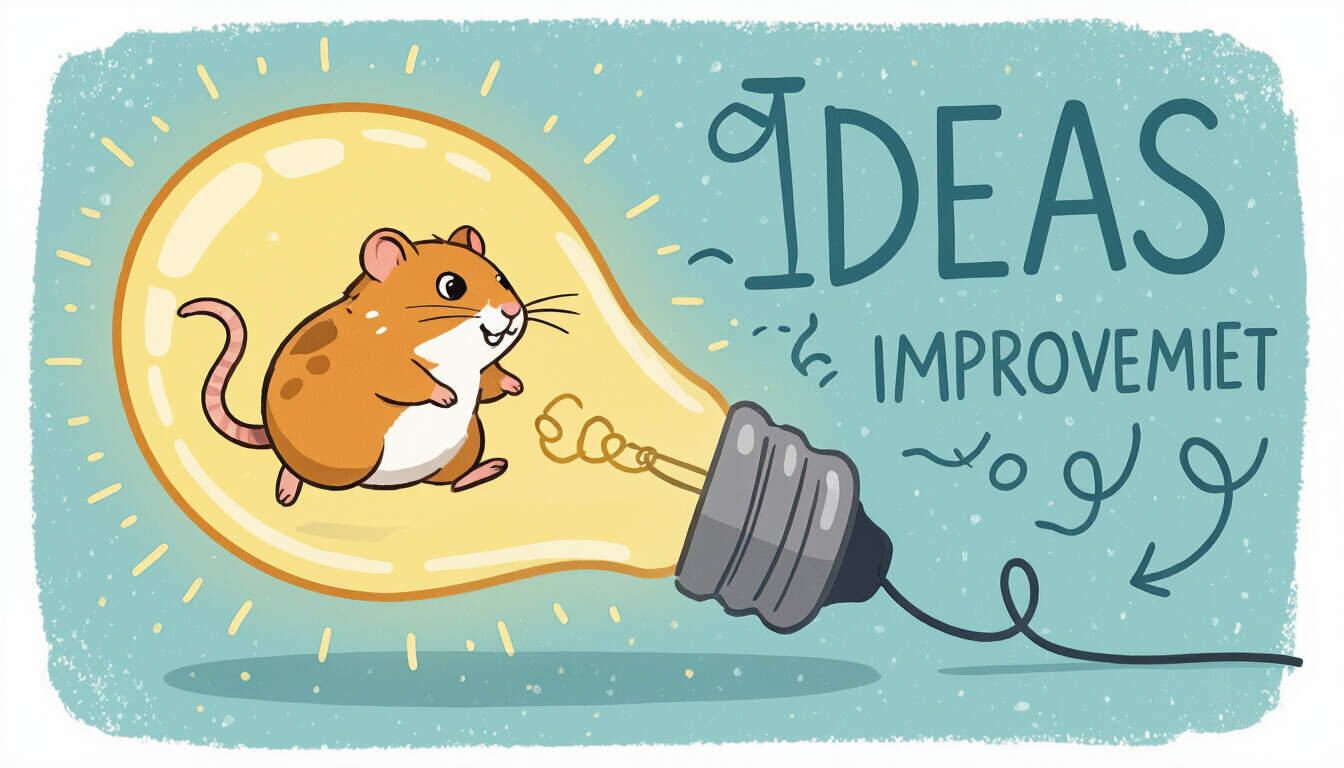Second-Order Thinking and Feedback Loops in Creative Problem-Solving
 by Max Miller
by Max Miller
Discover how second-order thinking and feedback loops enhance creative problem-solving. This article examines their roles in deeper analysis and iterative improvement, offering insights for professionals and students seeking better cognitive strategies.

Second-order thinking involves looking beyond immediate outcomes to consider the broader consequences of actions. This approach helps in anticipating ripple effects that might otherwise go unnoticed. For instance, feedback loops play a key role by creating cycles where outputs influence future inputs, fostering continuous refinement.
In creative problem-solving, these concepts work together to build more effective strategies. Feedback loops can turn initial ideas into evolving solutions through repeated testing and adjustment. When applied correctly, this method reveals hidden patterns and encourages innovation.
The Basics of Second-Order Thinking
Second-order thinking requires examining not just the first-level results but also the subsequent layers of impact. This deeper analysis can prevent short-sighted decisions. For example, a business choice might seem beneficial at first, but second-order thinking uncovers potential long-term drawbacks.
Such thinking is especially useful in fields like engineering and design, where actions have interconnected effects. By focusing on these layers, individuals can develop solutions that are more resilient and adaptable.
Understanding Feedback Loops
Feedback loops are processes that use information from outcomes to modify the system. Positive loops amplify changes, leading to growth, while negative loops stabilize and maintain balance. In creative endeavors, these loops allow for iterative development, where each cycle builds on the previous one.
Consider a writer revising a draft: reader responses create a feedback loop that refines the work over time. This ongoing process ensures that the final product aligns better with intended goals and audience needs.
Integrating Both in Practice
Combining second-order thinking with feedback loops offers a powerful framework for tackling challenges. Start by identifying potential outcomes and then set up mechanisms to monitor results. For professionals in tech, this might mean prototyping ideas and using user data to iterate designs.
In education, students can apply these ideas to study habits. By tracking performance and adjusting methods based on results, learning becomes a dynamic process. This integration promotes personal growth and skill enhancement.
Real-World Examples
One clear example is in environmental efforts. Policies aimed at reducing pollution might initially disrupt economies, but through feedback loops, adjustments lead to sustainable practices that benefit society overall. This shows how second-order thinking prevents unintended harm.
In personal development, setting goals with regular reviews creates feedback loops. If progress stalls, rethinking strategies through second-order analysis can reignite momentum and lead to better habits.
Benefits for Different Audiences
For professionals, these tools enhance decision-making in competitive environments. They provide a way to foresee market shifts and adapt quickly, turning potential pitfalls into opportunities.
Students benefit by improving critical skills for academic and career success. Engaging with feedback loops helps in mastering subjects through active reflection and adjustment.
Curious individuals find value in exploring cognitive processes. This analytical approach deepens appreciation for how systems operate, encouraging lifelong learning.
Challenges and Solutions
While useful, implementing these concepts can involve effort. Overlooking details might weaken feedback loops, so establishing clear metrics is essential. To address this, break down processes into manageable steps and use simple tools for tracking.
In teams, communication ensures that insights from feedback loops are shared effectively. This collaborative aspect strengthens overall outcomes and fosters a culture of improvement.
Conclusion
Second-order thinking and feedback loops form a core part of effective creative problem-solving. By adopting these practices, individuals can achieve more thoughtful and sustainable results. Whether in work, study, or daily life, their application leads to greater clarity and success.
